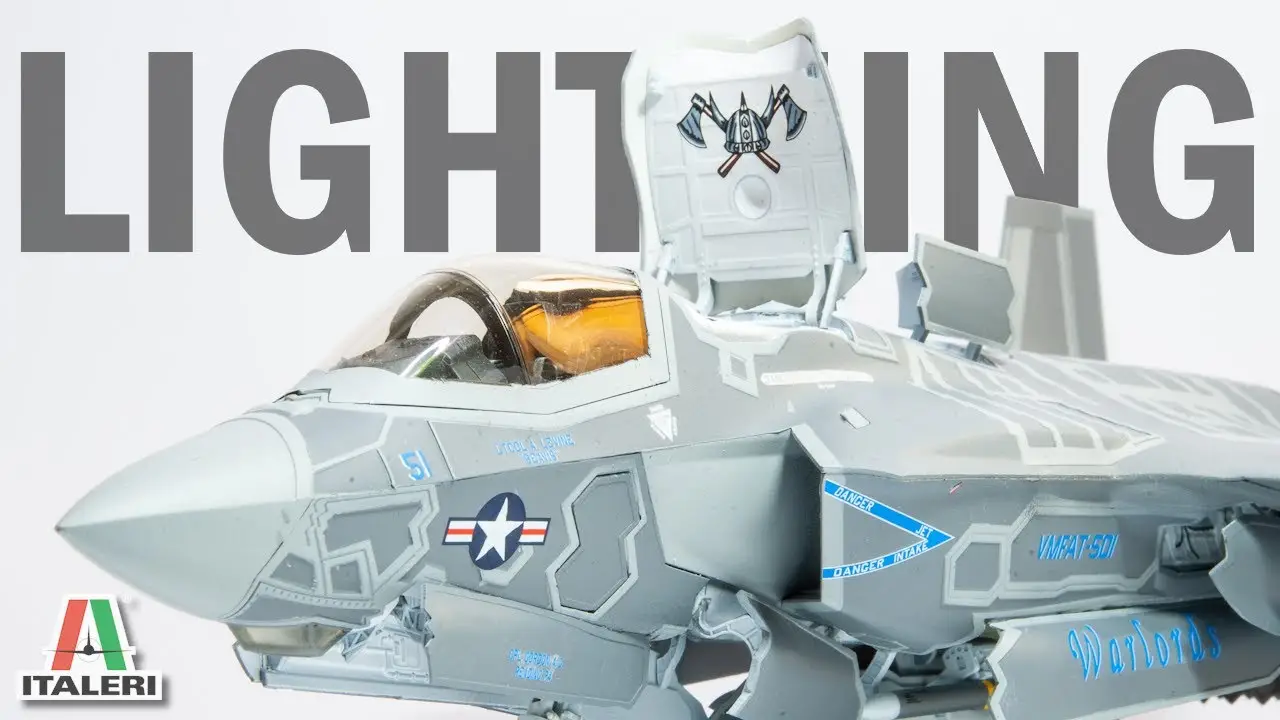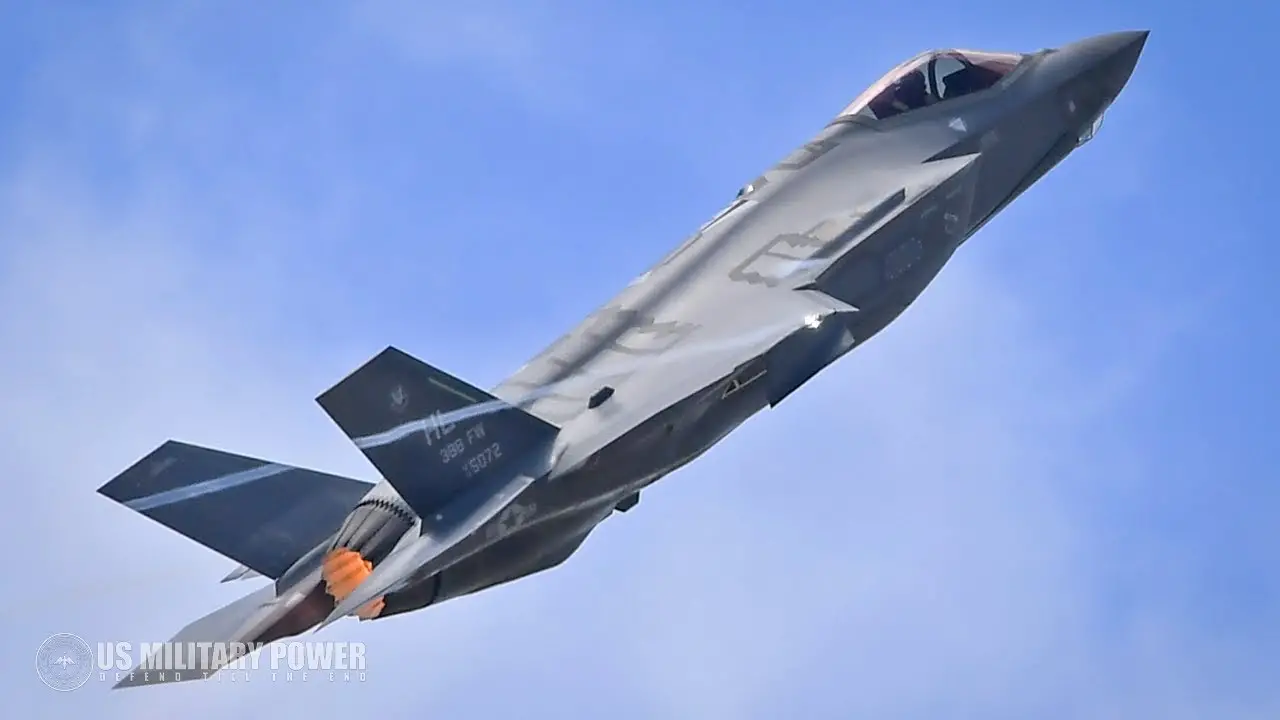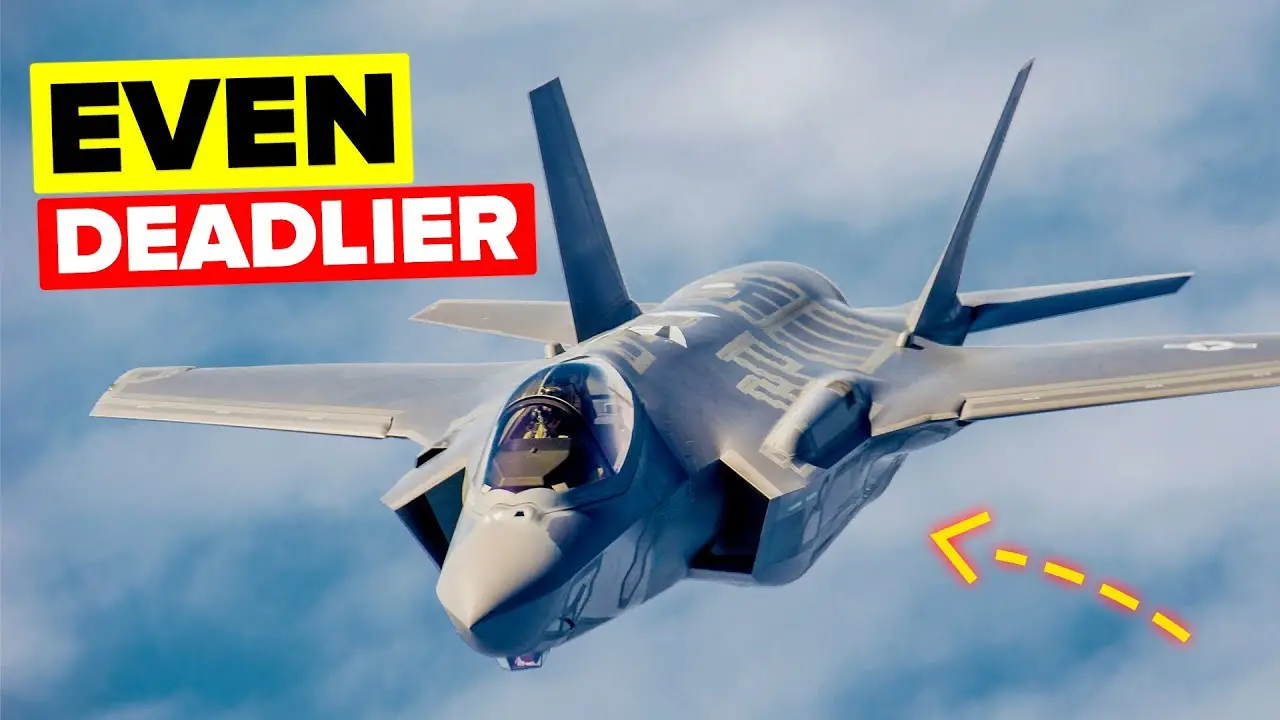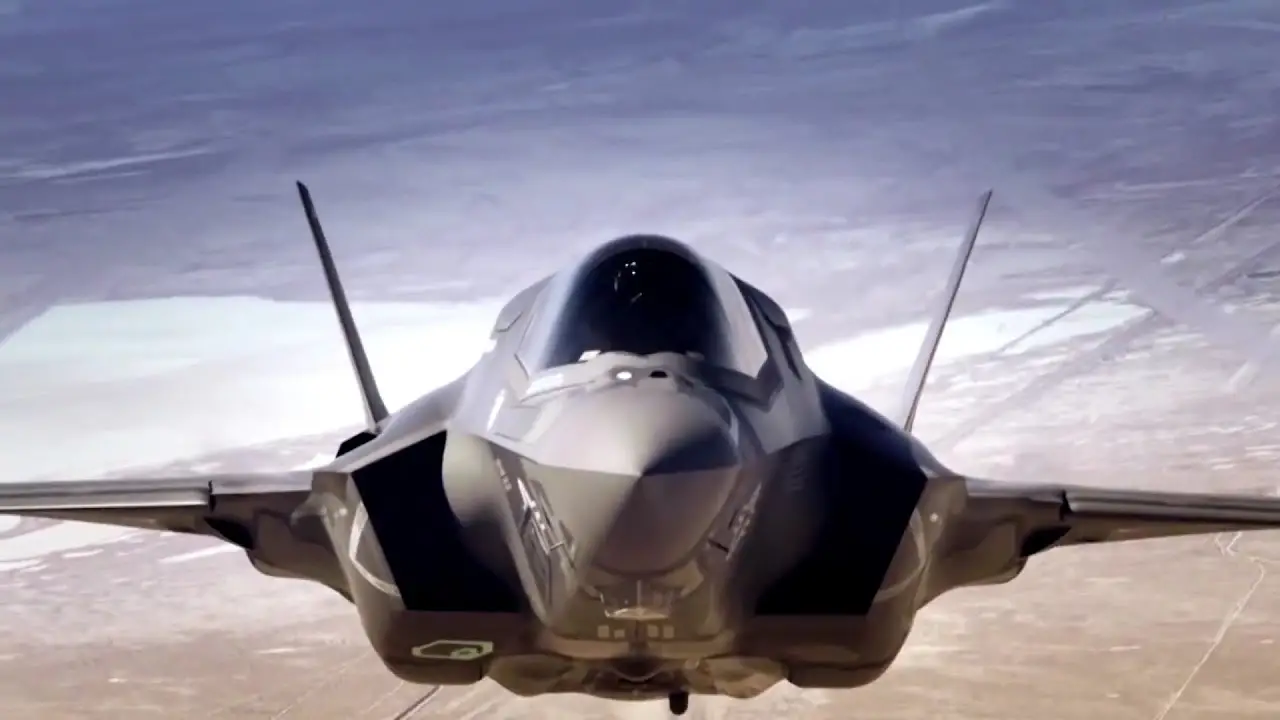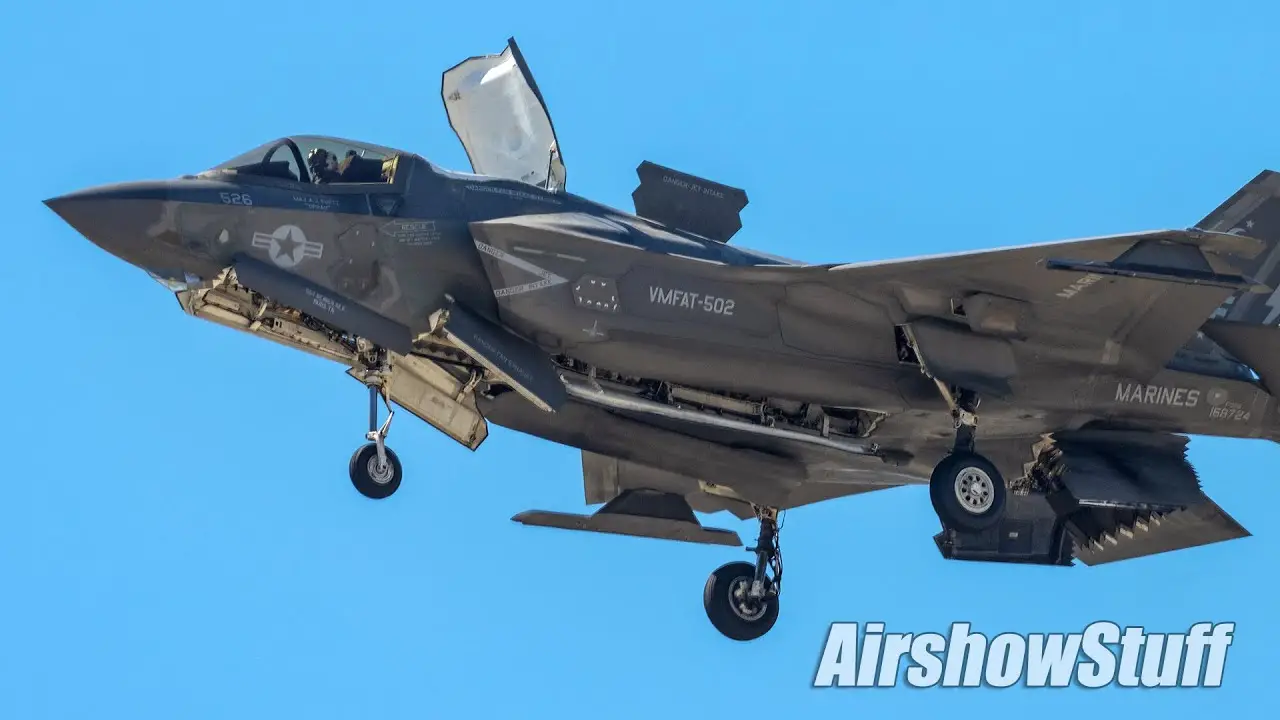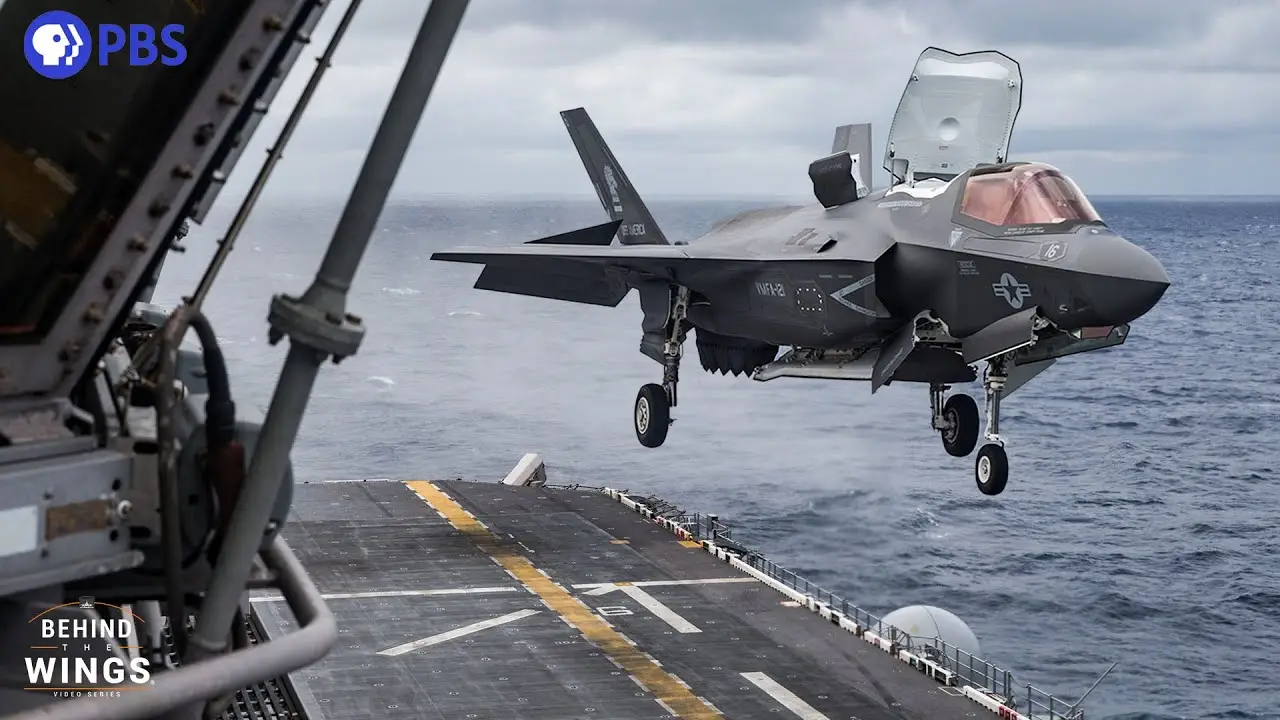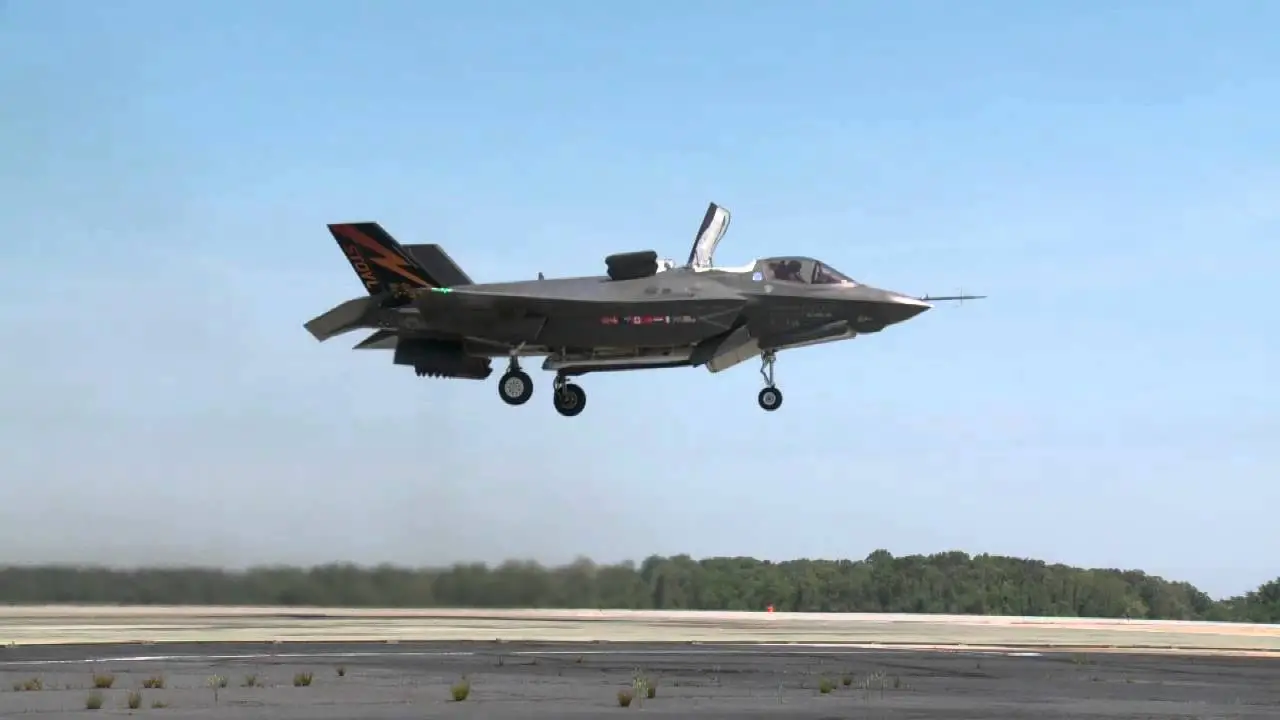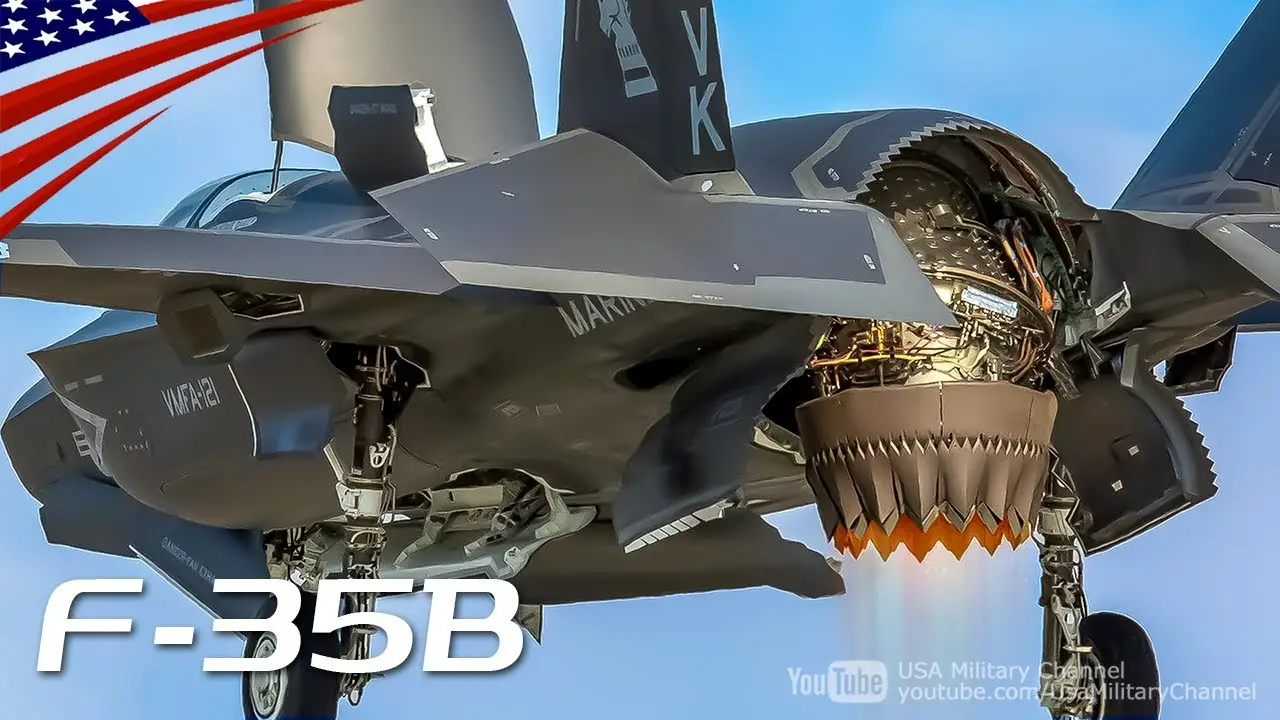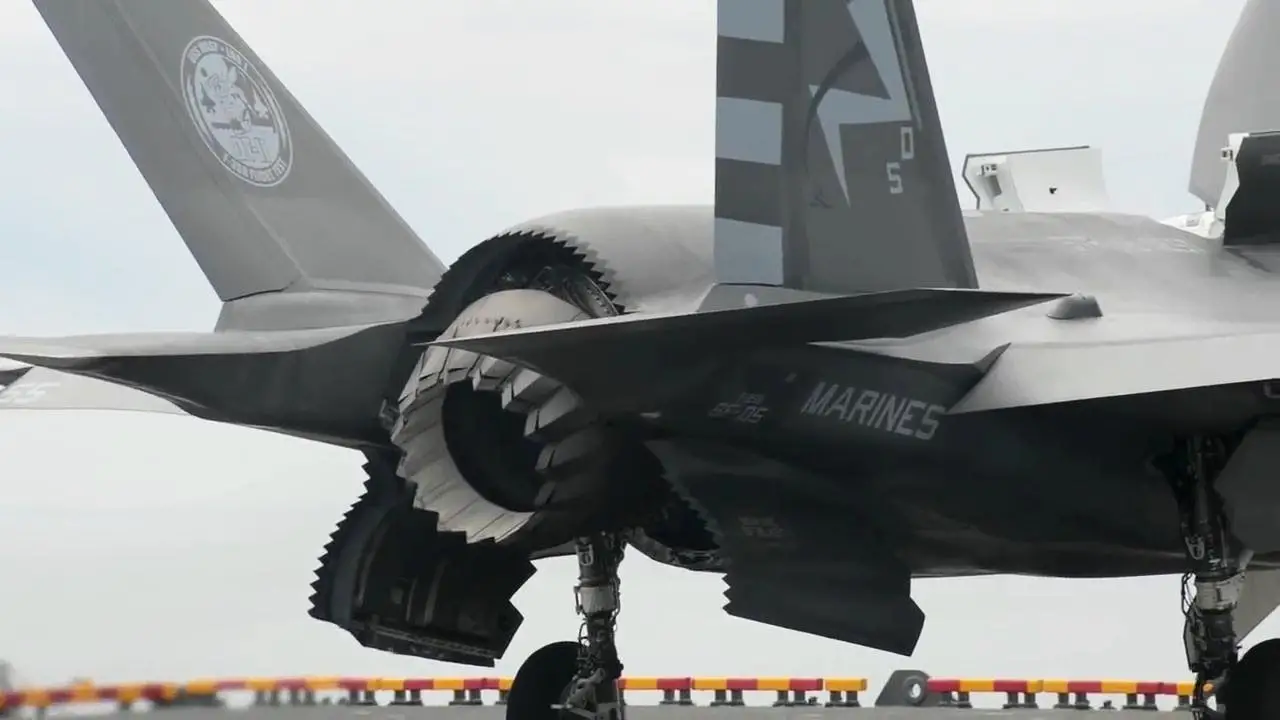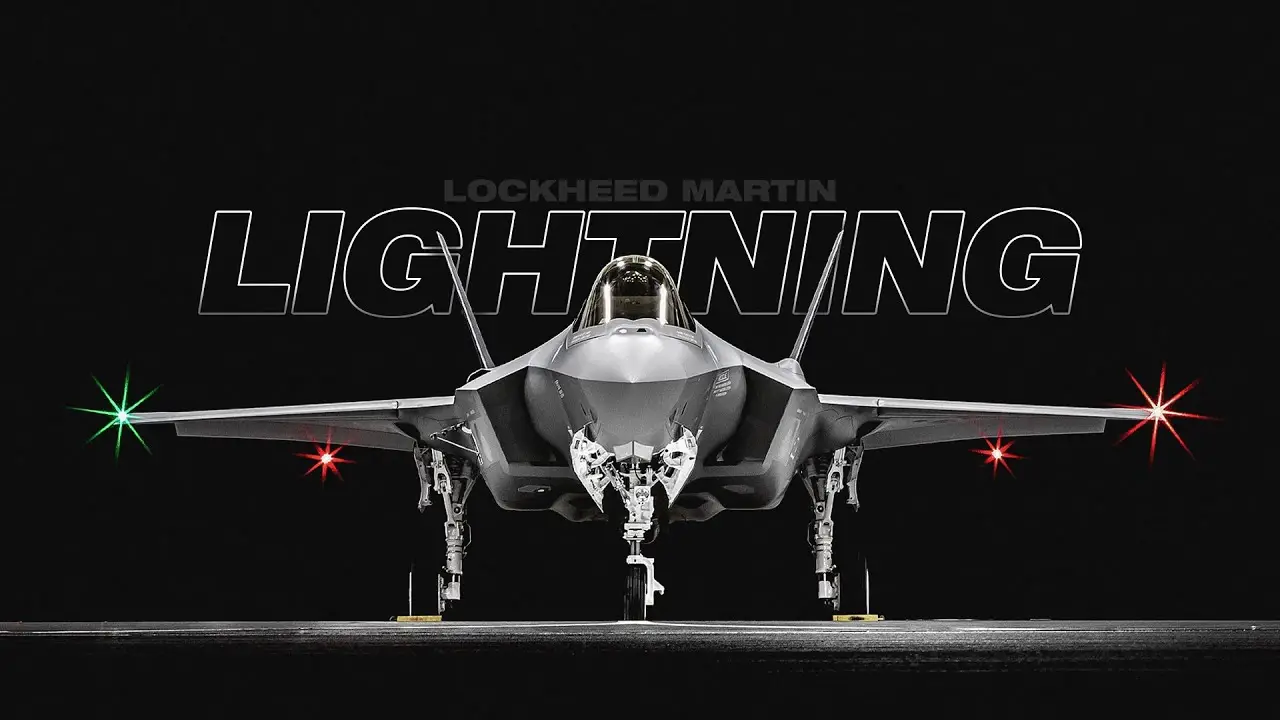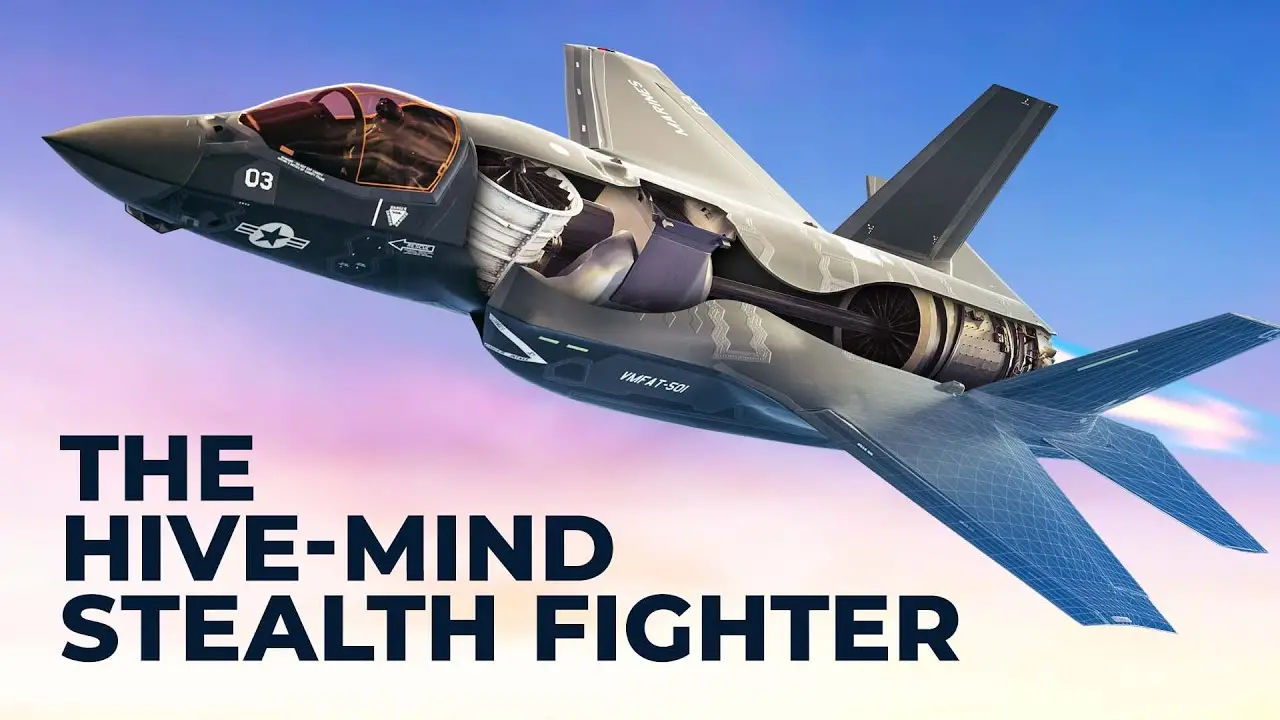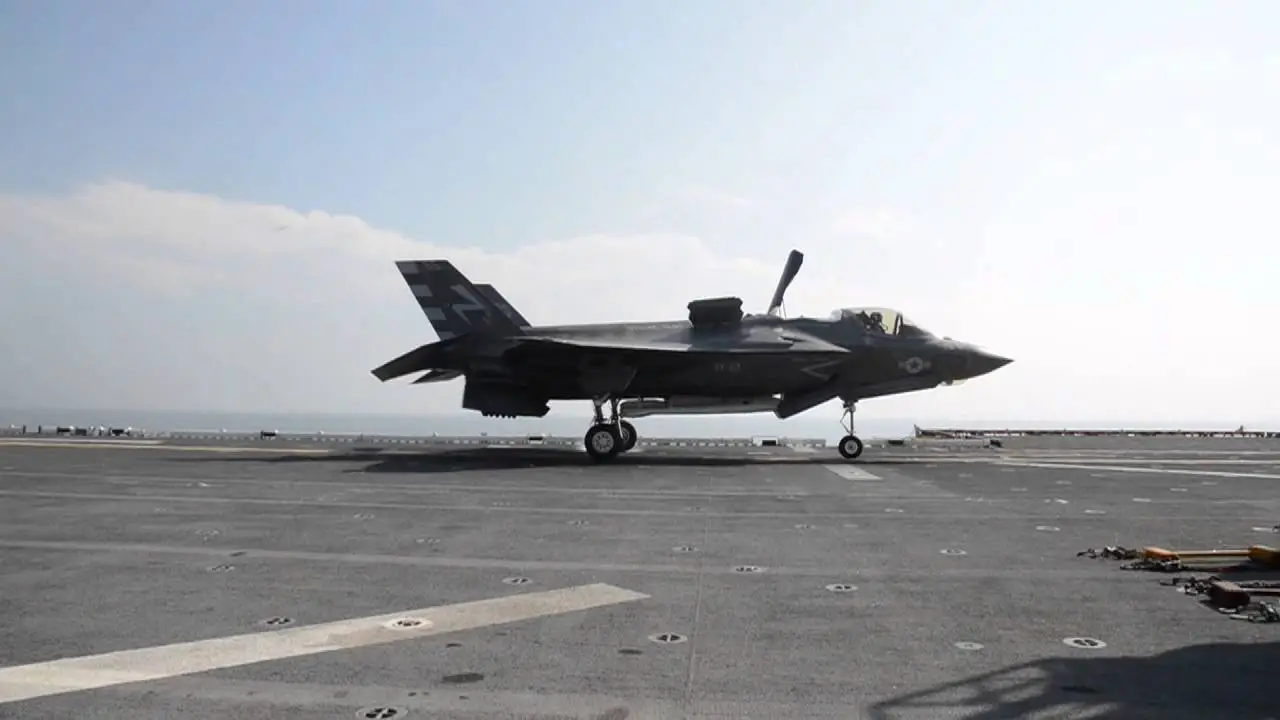the F-35B Lightning II Everything You Need to Know
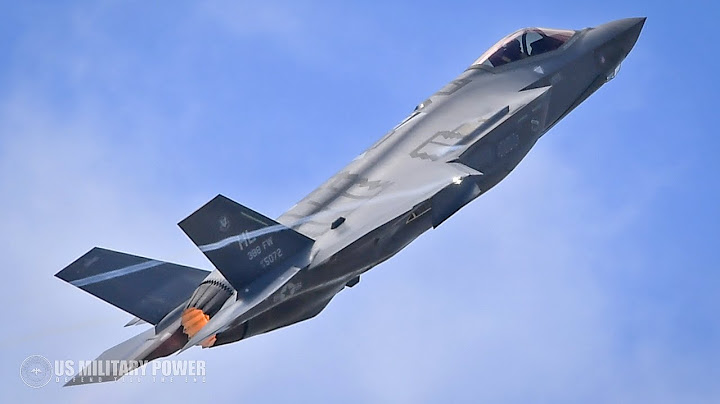
The F-35B Lightning II is a fifth-generation, multirole, single-engine stealth fighter jet designed and developed by Lockheed Martin. It is the first-ever short takeoff/vertical landing (STOVL) variant of the F-35 family and is used by the United States Marine Corps and other international militaries. With its advanced technology and capabilities, the F-35B has become one of the most talked-about fighter jets in recent years. In this ultimate guide, we will delve into everything you need to know about the F-35B Lightning II.
Overview of the F-35B Lightning II
What is the F-35B Lightning II?
The F-35B Lightning II is a single-seat, single-engine, supersonic fighter jet designed to perform multiple missions such as air-to-air combat, air-to-ground strikes, reconnaissance, and electronic warfare. It is a part of the larger F-35 family, which includes the conventional takeoff and landing (CTOL) F-35A variant and the carrier-based F-35C variant.
The aircraft is manufactured by Lockheed Martin, but its development and production also involve several other companies such as BAE Systems, Northrop Grumman, and Pratt Whitney. The F-35B is equipped with advanced technologies such as stealth capabilities, integrated avionics, and sensor fusion, making it one of the most advanced fighter jets in the world.
Specifications and Capabilities
The F-35B Lightning II has a length of 51.2 feet, a wingspan of 35 feet, and a height of 14.3 feet. Its maximum takeoff weight is 60,000 pounds, and it can reach a top speed of Mach 1.6. The aircraft is powered by a single Pratt Whitney F135 engine, which provides it with a thrust of 41,000 pounds.
One of the F-35B’s most significant capabilities is its vertical takeoff and landing (VTOL) ability, which allows it to operate from short runways or even small ships. This is achieved through the use of a lift fan and a swiveling exhaust nozzle that directs the engine’s thrust downward. Additionally, the F-35B has a short takeoff distance of only 500 feet and can land in less than 400 feet.
Other notable capabilities of the F-35B include its advanced stealth technology, advanced sensors and targeting systems, and its ability to network and share information with other aircraft and ground units. These features make it a highly versatile and effective weapon system in modern warfare.
Design and Capabilities of the F-35B Lightning II
Stealth Technology
One of the main design features of the F-35B Lightning II is its stealth technology. The aircraft’s shape and composition have been carefully designed to reduce its radar cross-section, making it nearly invisible to enemy detection systems. This means that the F-35B can operate in heavily defended areas without being detected, providing a significant advantage on the battlefield.
The F-35B achieves its stealth capabilities through a combination of features such as its faceted surfaces, canted vertical tails, internal weapons bays, and specially coated materials. The result is a fighter jet that is significantly harder to detect and track than previous generation aircraft.
Advanced Sensors and Targeting Systems
The F-35B Lightning II is equipped with a suite of advanced sensors and targeting systems that give it unmatched situational awareness and targeting capabilities. Its Electro-Optical Targeting System (EOTS) provides infrared and laser targeting, while its Active Electronically Scanned Array (AESA) radar allows it to detect and track multiple targets simultaneously.
The aircraft also has a Distributed Aperture System (DAS), which consists of six infrared cameras located around the aircraft. This system provides 360-degree coverage, allowing the pilot to see in all directions and detect threats that may be out of the visual range.
Network-Centric Warfare
The F-35B Lightning II is designed to operate as part of a network-centric warfare environment, where it can share real-time information with other friendly aircraft and ground units. This allows for coordinated attacks and better situational awareness, giving the F-35B an edge in combat situations.
Through its advanced communication systems, the F-35B can share information such as radar data, targeting information, and video feeds with other aircraft and ground units. This level of integration and networking is crucial in modern warfare, where joint operations are becoming increasingly common.
History and Development of the F-35B Lightning II
Origins of the F-35 Program
The development of the F-35 program began in the 1990s when the United States Department of Defense initiated the Joint Strike Fighter (JSF) program. The goal of this program was to develop a new multirole fighter jet that would replace several existing aircraft, including the F-16, F/A-18, and AV-8B Harrier.
In 2001, Lockheed Martin was selected as the primary contractor for the JSF program, and the company began developing three variants of the F-35: the F-35A CTOL variant, the F-35B STOVL variant, and the F-35C carrier-based variant.
Testing and Production
The F-35B made its first flight in June 2008, and the initial operational capability for the Marine Corps was declared in July 2015. Since then, the aircraft has undergone extensive testing and production, with over 400 F-35Bs delivered to various militaries around the world.
However, the development and production of the F-35B Lightning II have not been without challenges. The program has faced several delays, cost overruns, and technical issues, which have drawn criticism and controversy.
Introduction to the F-35 Lightning II
Comparison with Other Fighter Jets
F-35B vs. F-35A and F-35C
As mentioned earlier, the F-35B is part of a larger family of aircraft, including the F-35A and F-35C variants. While all three variants share many similarities, there are also some notable differences between them.
The F-35B is the only variant that can perform vertical takeoffs and landings, making it suitable for use in confined spaces and on smaller ships. The F-35A, on the other hand, has a longer range and can carry a larger payload, but it requires a traditional runway for takeoff and landing. The F-35C is designed specifically for carrier-based operations and has a larger wingspan and strengthened landing gear to handle catapult launches and arrested landings.
F-35B vs. Other Fighter Jets
When comparing the F-35B with other fighter jets in its class, such as the F/A-18 Super Hornet, the Eurofighter Typhoon, and the Dassault Rafale, the F-35B stands out for its advanced technology and capabilities. Its stealth technology, advanced sensors, and networking abilities give it an advantage over these other aircraft, making it a highly sought-after weapon system.
However, the F-35B does come at a higher price compared to these other fighter jets, which has been a point of contention among critics of the program.
Lockheed Martin F-35 Lightning II An In-depth Overview
Operational Use of the F-35B Lightning II
United States Marine Corps
Currently, the United States Marine Corps is the primary operator of the F-35B Lightning II, with plans to acquire a total of 420 aircraft. The Marine Corps has deployed the F-35B to various locations worldwide, including Japan, Europe, and the Middle East.
The F-35B has been used in combat by the Marine Corps, with the first operational deployment occurring in 2018 when Marine Fighter Attack Squadron 211 (VMFA-211) was deployed to the Pacific region. Since then, the aircraft has been used in several missions and exercises, showcasing its capabilities in real-world scenarios.
International Operators
Apart from the United States, several other countries have also procured or expressed interest in the F-35B Lightning II. These include the United Kingdom, Italy, Spain, and Japan, with more countries expected to join the program in the future.
The Royal Air Force and the Royal Navy have both ordered F-35Bs to be used on their Queen Elizabeth-class aircraft carriers. Italy has received eight F-35Bs, which are operated jointly by the Air Force and Navy. Japan has ordered 42 F-35Bs, making it the second-largest operator after the United States.
Cost and Controversy Surrounding the F-35B Lightning II Program
Development and Production Costs
The F-35 program has been one of the most expensive military programs in history, with an estimated cost of over $1 trillion. The development and production of the F-35B variant alone have cost around $55 billion, with each aircraft costing approximately $122 million.
One of the main reasons for the high costs is the complexity of the F-35 program, which involves multiple contractors and requires advanced technologies and capabilities. However, the high costs have raised concerns and criticism, especially among those who believe that the F-35 program is not delivering value for money.
Technical Issues and Delays
The F-35 program has also faced several technical issues and delays, which have contributed to its high costs and drawn criticism. For example, in 2011, the program was placed on probation by the U.S. Department of Defense due to performance issues, delays, and cost overruns.
The most notable technical issue faced by the F-35 program was the discovery of cracks in the aircraft’s bulkheads in 2011. This led to a temporary grounding of all F-35 variants and required repairs to be carried out on existing aircraft and changes to be made in the production process.
Introduction to F35 Fighter Aircraft
Controversy and Criticism
The high costs, technical issues, and delays associated with the F-35 program have drawn significant criticism and controversy. Some argue that the F-35 is too expensive and does not provide enough value compared to other fighter jets like the F/A-18 Super Hornet.
Others believe that the F-35 program has been mismanaged and that the high costs and technical issues are a result of poor decision-making and oversight. However, supporters of the program argue that the F-35 is a crucial asset for modern warfare and that the advanced technology and capabilities it provides justify its high costs.
Future Plans for the F-35B Lightning II
Upgrades and Modernization
As with any military equipment, the F-35B will require upgrades and modernization over time to maintain its effectiveness and to keep up with evolving threats. The current plan is to upgrade the F-35B software every two years and to install hardware upgrades as needed.
Additionally, there are plans to develop and integrate new weapons and technologies into the F-35B, such as hypersonic missiles and directed-energy weapons. These upgrades will ensure that the F-35B remains a cutting-edge weapon system for years to come.
Continued Production
Lockheed Martin is expected to continue producing F-35Bs well into the future, with an estimated total of 2,443 aircraft to be built for the United States and its international partners. This means that the F-35B will remain an essential part of military operations for the foreseeable future.
Notable Features and Technology of the F-35B Lightning II
Stealth Technology
The F-35B’s stealth technology has been discussed earlier in this guide, but it is worth mentioning again as one of the aircraft’s most impressive features. Its ability to evade detection and track makes it a significant asset in combat situations, where surprise and stealth are crucial.
Sensor Fusion
Sensor fusion is another notable feature of the F-35B, which allows the aircraft to combine data from multiple sensors and display it on the pilot’s helmet-mounted display system. This eliminates the need for the pilot to look down at the cockpit displays, allowing them to maintain situational awareness at all times.
Autonomic Logistics Information System (ALIS)
The F-35B is equipped with an Autonomic Logistics Information System (ALIS), which is responsible for tracking and analyzing the aircraft’s health and maintenance needs. This system provides real-time diagnostic information and allows for predictive maintenance, reducing downtime and improving overall mission readiness.
Training and Maintenance of the F-35B Lightning II
Training
Training pilots to fly the F-35B Lightning II is a complex and challenging process due to the advanced technology and capabilities of the aircraft. The United States Marine Corps uses the Training Systems Support Center in Orlando, Florida, to provide initial training to marine pilots.
Pilots undergo classroom instruction, simulator training, and flight training before being certified to operate the F-35B. Additionally, there are plans to develop distributed mission training capabilities, where pilots can train together in simulated environments from different locations.
Maintenance
Maintaining the F-35B also requires specialized training and support due to its advanced technology and complexity. The Autonomic Logistics Information System (ALIS) plays a critical role in maintenance, providing real-time diagnostic information and identifying issues before they become major problems.
The F-35 program also involves a global support structure, where partner nations are responsible for maintaining their respective aircraft. This approach allows for faster repairs and reduces downtime for the F-35B fleet.
Impact of the F-35B Lightning II on Military Strategy
The introduction of the F-35B Lightning II has had a significant impact on military strategy, both for the United States and its international partners. The advanced technology and capabilities of the F-35B have allowed for new tactics and techniques to be developed, giving militaries an advantage over their adversaries.
Additionally, the F-35B’s ability to operate in stealth mode and provide real-time information sharing has changed the way joint operations are conducted. This level of integration and coordination between different units has improved the effectiveness of military operations and is likely to continue shaping military strategy in the future.
Conclusion
The F-35B Lightning II is an impressive fighter jet that has revolutionized modern warfare with its advanced technology and capabilities. Its stealth capabilities, advanced sensors, and networking abilities make it a highly versatile and effective weapon system that can perform multiple missions.
Despite facing challenges and criticism, the F-35B remains an essential asset for militaries around the world, with plans for continued production and upgrades in the future. Its impact on military strategy and the advancement of technology in the field of aviation cannot be overstated, making it a crucial element in modern-day defense.

